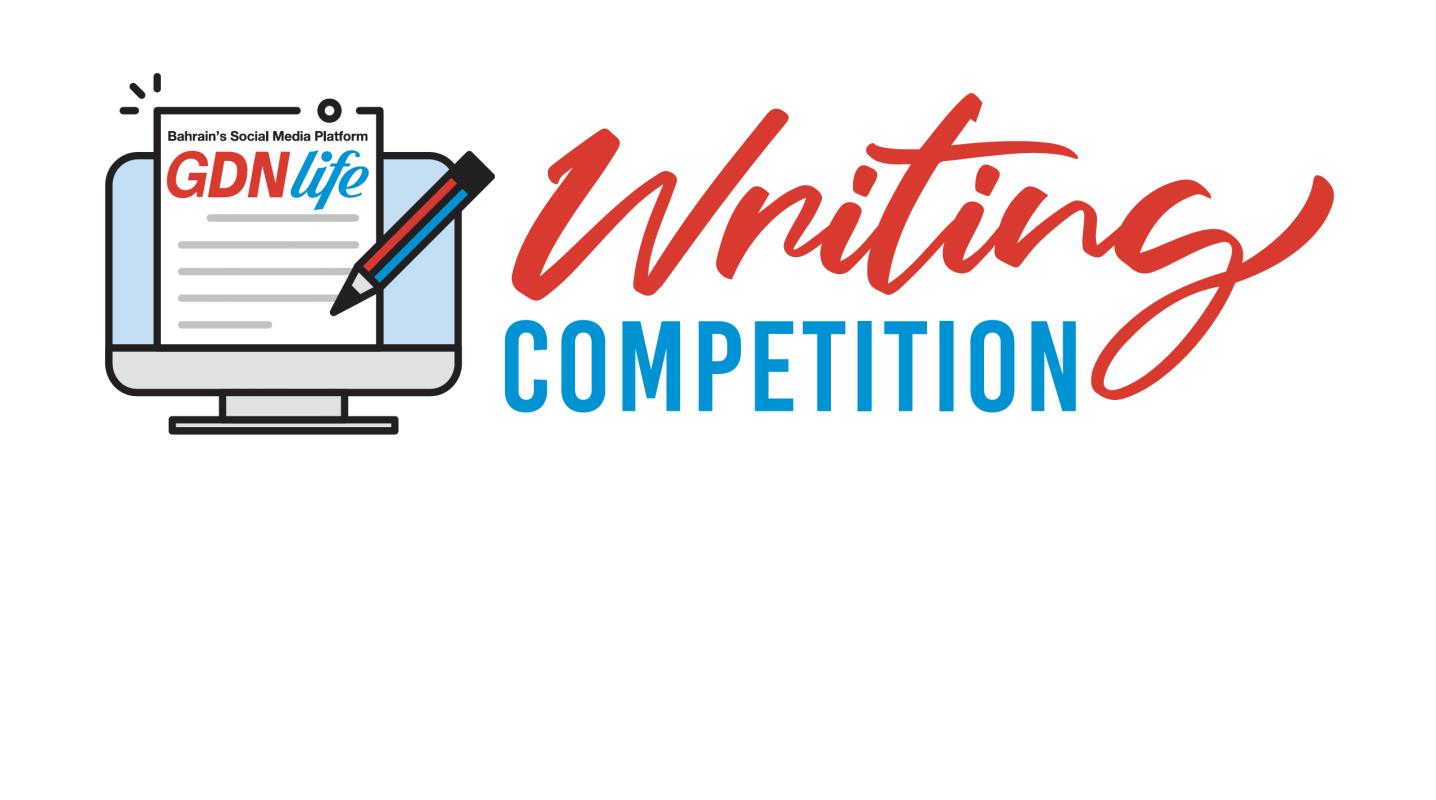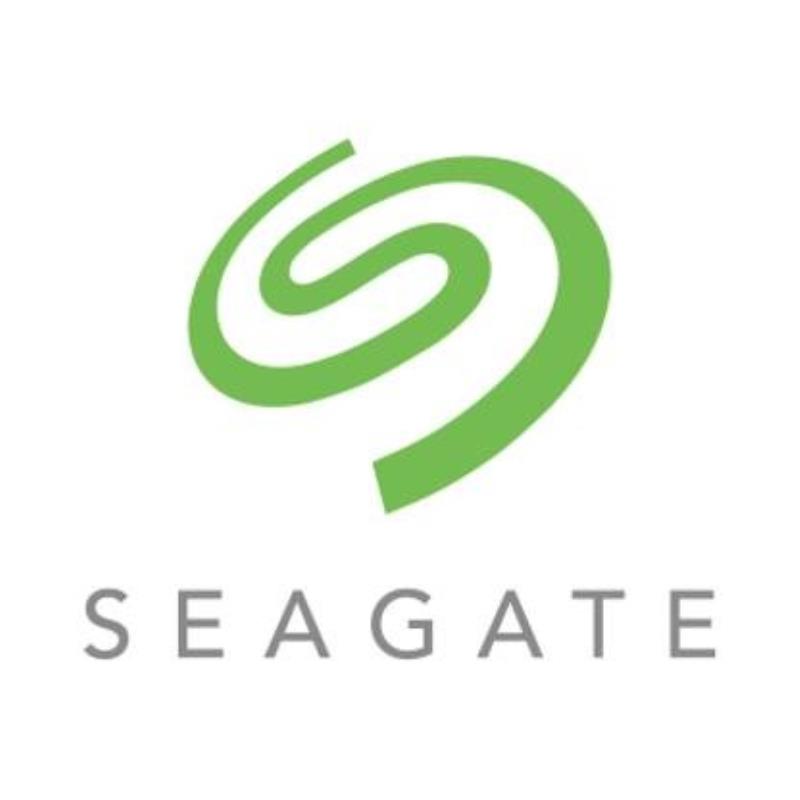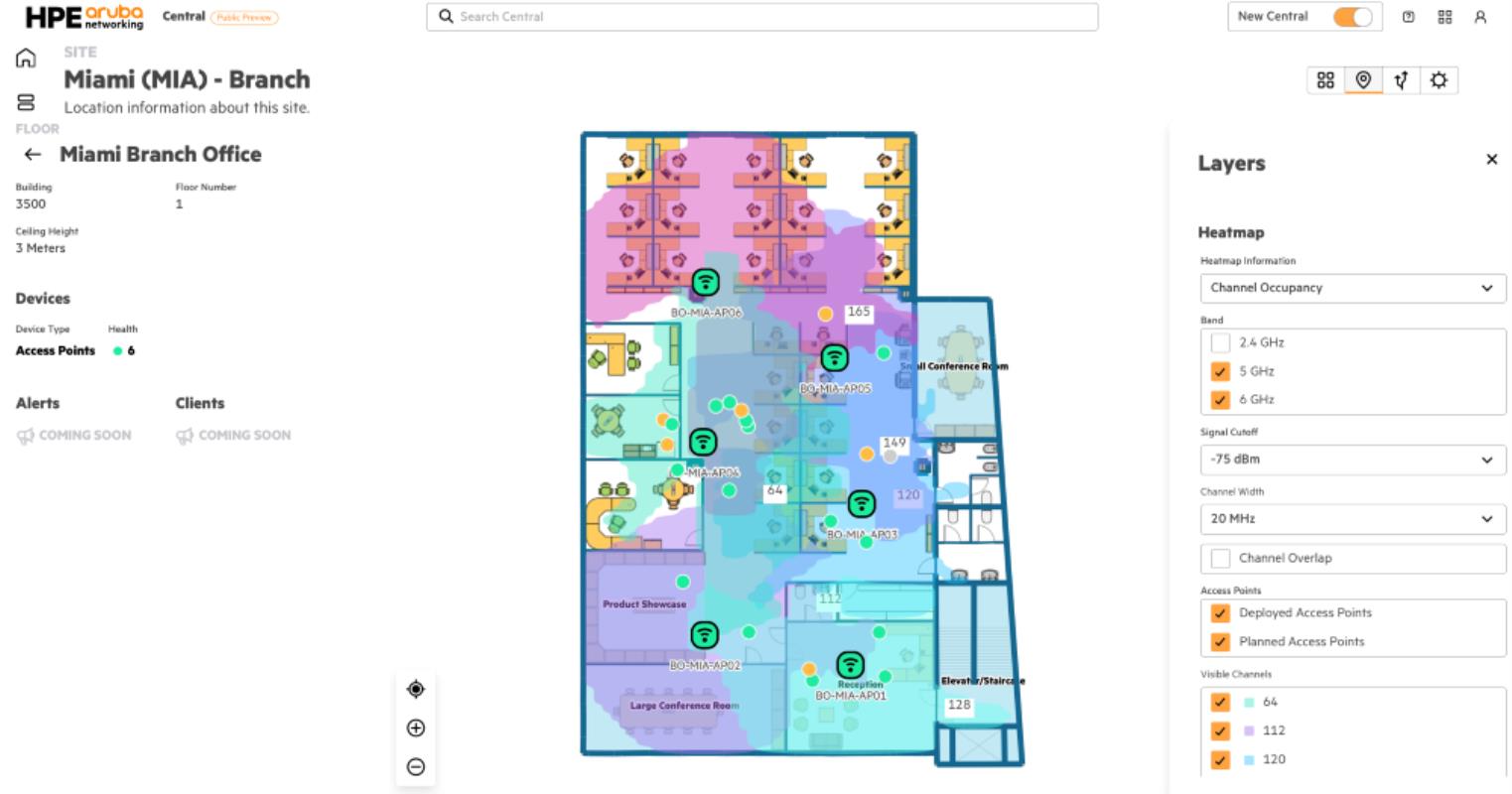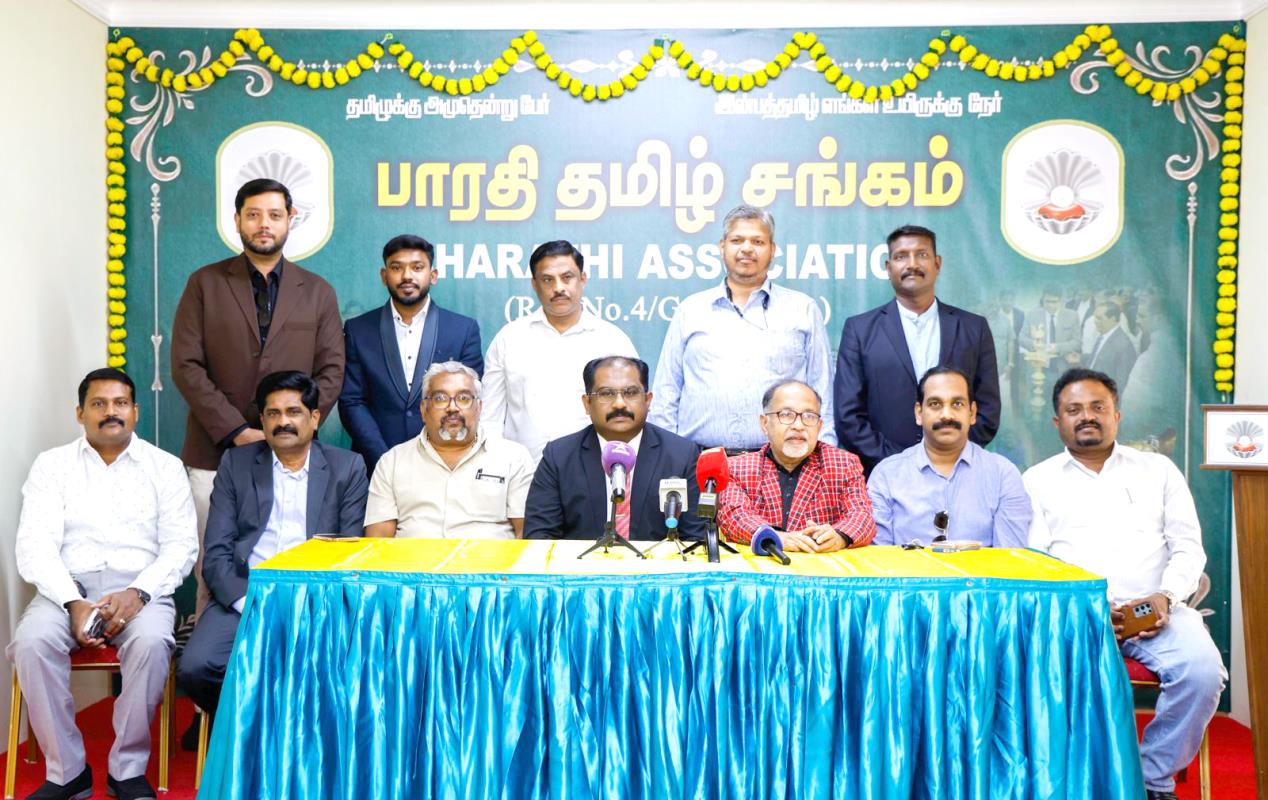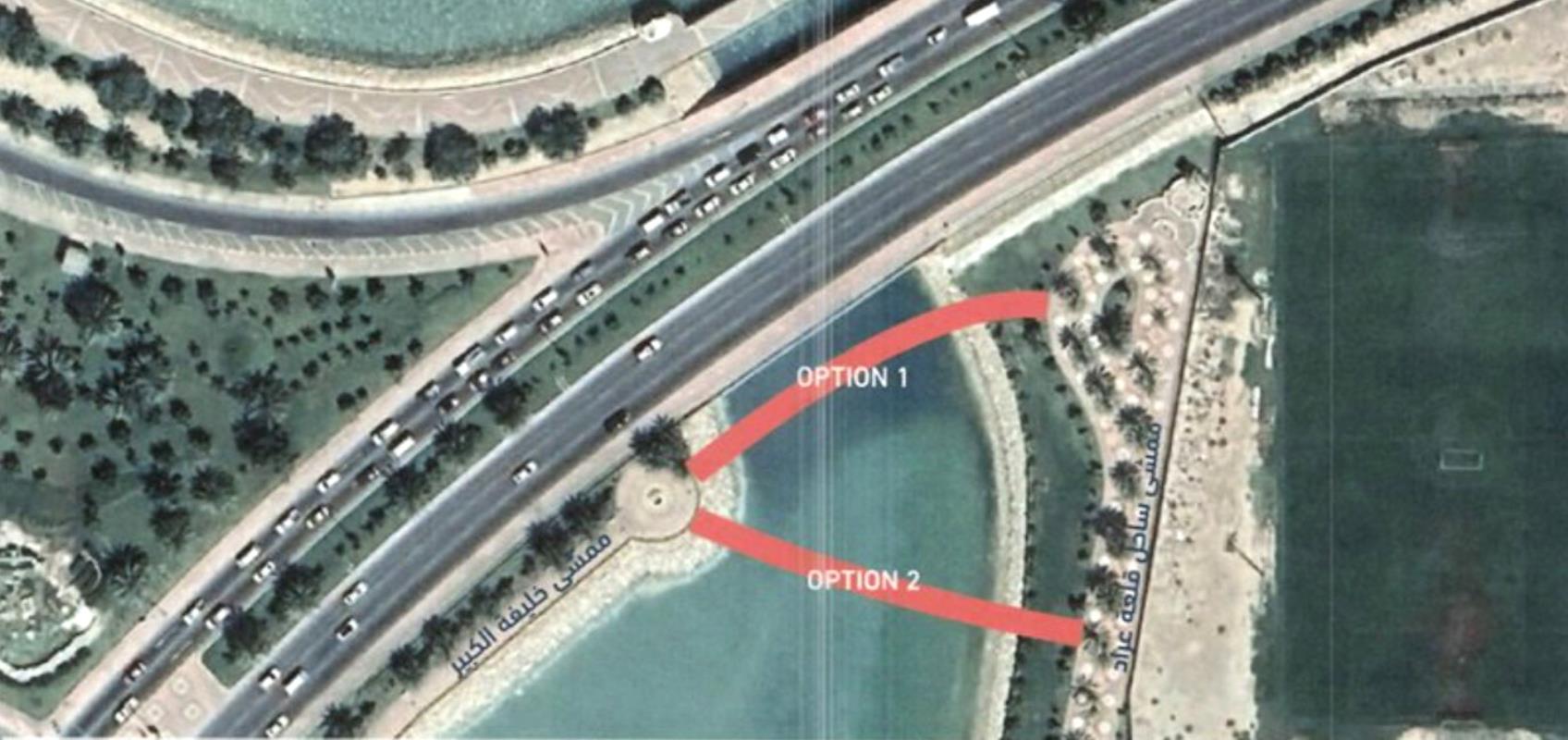
By Andreas Buelow, Partner at Arthur D. Little Middle East and Jose Gonzalez, Partner at Arthur D. Little Madrid
Insurance companies are facing an evolving challenge. Claims management is growing increasingly complex, making it hard to identify the opportunities and define the solutions that are vital to future success in a highly competitive market. With difficulties ranging from multiple claim situations to agents with conflicting priorities, there is no silver bullet, but research from Arthur D. Little (ADL) suggests that a closer look at closed claims could be part of the answer, with improved management potentially reducing insurers’ costs by 3% to 6% in the MENA region.
In the firm’s recent Viewpoint, ‘Improving Claims Management’, ADL experts outline how a pragmatic and detailed analysis of a random sample of closed claims enables insurers to identify the journey pain points for customers and providers alike, while also revealing opportunities for claims management teams.
For industry players across MENA, such insight can prove vital as they strive to develop a high-performance claims function. Reflecting its importance, the top five regional insurance companies interviewed as part of ADL’s research cite claims management as a top priority for their executive teams.
What’s involved?
Assessing closed claims involves evaluating closed files against end-to-end claims process best practice to identify money that the insurance company should not have paid. A full review of selected claims allows the insurer to identify patterns and root causes of losses, and to quantify the potential profit and loss (P&L) impact.
More than an optional activity, conducting such a review constitutes an essential task for insurers looking to save on costs. By ADL estimations, monetary losses after the review of closed files amount to an average of 5% to 15% of the total cost of claims.

The objectives
In reviewing a sample of closed claims, insurance companies can pursue a variety of objectives, from improving the customer and provider journeys, to enhancing the performance of claims management teams and upgrading related processes.
- The customer journey: By studying closed claims insurers can identify and address unnecessary barriers and pain points for the customer.
- The provider journey: Deeper understanding of the provider journey enables companies to establish better rules and procedures, improve communication, and reduce the burden on claims reconciliation teams.
- Team performance: Analysis of closed claims presents training opportunities and enables insurers to build a culture of continuous improvement.
- Processes: Reviewing claims processes can pave the way for increased automation of low-complexity claims and help direct higher value claims to the appropriate specialists.
A sprint-start
Supporting insurers in their efforts to improve claims management, ADL has developed a valuable tool for pinpointing the root causes of claim errors, quantifying areas for enhancement, and designing new opportunities for boosting insurance companies’ continuous improvement.
Specifically, the tool enables insurers to assess closed claims via a pragmatic and structured methodology in the form of ‘sprints’:
- Archetype definition: To begin, insurers establish the different claim archetypes. A claim archetype is a set of claims that share characteristics and are processed in a similar manner.
- Questionnaire elaboration: With a clear picture of the claims management process, the insurer can draft a specific questionnaire that runs through the steps. The questionnaire must cover all the required steps and facilitate identification of improvement opportunities.
- Sample preparation: Random samples for all the archetypes that were defined in the archetype definition must be retrieved and grouped based on archetype and period of time. The second step for preparing samples is to set statistical levels that match the sample size.
- End-to-end claim revision: In addition to external consultants, the team should include agents from each step of the claims value chain. With the team assembled, the necessary systems up and running, and supporting documentation for all claims gathered, the real assessment can begin.
- Results extrapolation: The divergences observed and quantified during the review of the random samples for each claim type are extrapolated to the total archetype population. This exercise is performed for all opportunities identified to provide an overall quantification of the major opportunity sources.
- Seizing the opportunity: Monetary impact identified during the extrapolation can be translated to potential savings. And to convert potential savings into actual money, insurers must determine the measures that address the root causes behind inefficiencies.
In the insurance arena, the importance of effective claims management cannot be overstated. As ADL’s viewpoint puts it, claims are the ‘moment of truth’ for the customer and the biggest cost in the P&L, especially for retail businesses. That is why getting it right matters. By assessing how closed claims were handled, insurers can gain real insights into the root causes of problems and as well as the opportunities for improvement and growth. Closed claims assessment can be an intense and time-consuming activity, but the savings potential outweighs the effort involved.









































